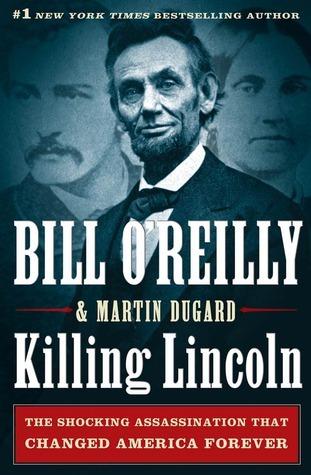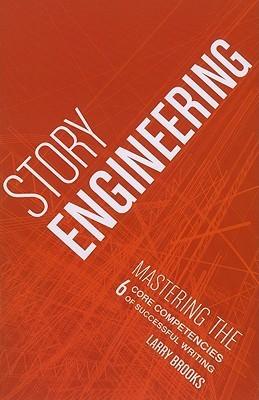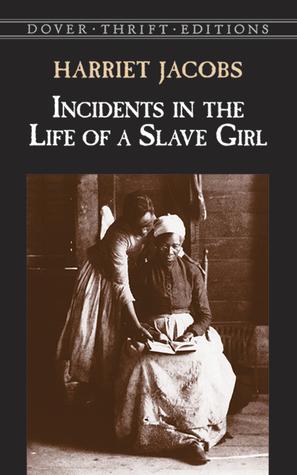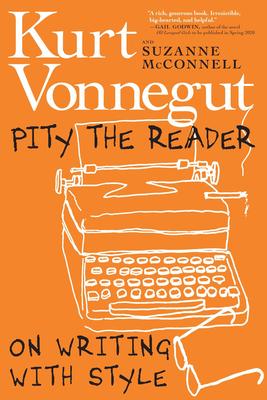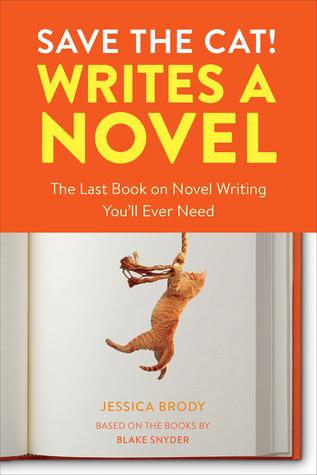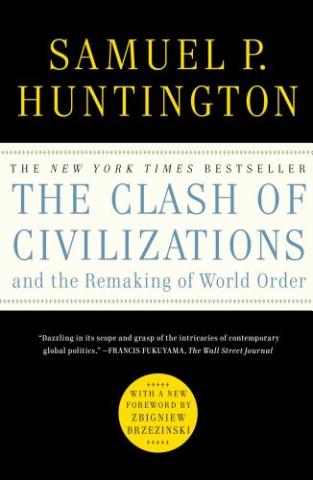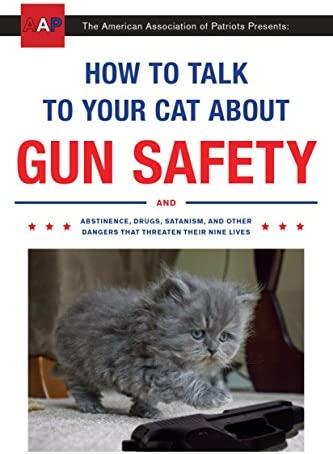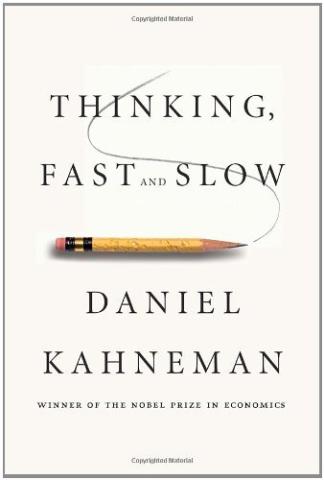The book Clash of Civilization and Remaking of World Order is written by Samuel Huntington and published in 1996. The author served at Harvard University for almost 5 decades as a Professor of Political Science. He also served in President Jimmy Carter’s administration as Director of Security Planning for the National Security Council. This book is one of the finest works and is divided into five sections.
Section 1
The central theme of the book is culture and cultural identities which are shaping the post cold war world. Culture includes our ancestry, religion, language, history, values, and institutions. Cultural identity is most meaningful to most people. Following the end of the Cold War, we will witness a conflict of civilizations rather than a clash of countries. States are in cooperation with a common culture and are in clash with states of diverse cultures.
Huntington goes on to say that civilization is the broadest cultural entity. Like culture, civilization also includes values, norms, and institutions. Civilizations have existed throughout human history. . Idea of civilization was conceived by 18th-century French thinkers as the opposite of the concept of barbarism. Civilization has no set boundaries and it is mortal but long-lived. They evolve and also endured. Empires rise and fall, governments come and go, and civilizations remain and survive political, social, economic, and even ideological upheavals. There are different civilizations like Sinic, Japanese, Hindu, Islamic, Orthodox, Western and African.
All societies share common and basic values and if we integrate all those certain basic values, it becomes universal civilization. One civilization shares thing with another civilization Viz innovation. The most significant aspect of civilization is language and religion . If a universal civilization is emerging, then there should be an emerging universal language. English is considered to be lingua Franca. Lingua France is a tool for communication rather than a source of identity and community. Talking about religion, the writer remarks Muslims win out. Christianity spread primarily by conversion, Islam by conversion and reproduction. The proportion of Muslims in the world increase dramatically.
Section 2
In section 2, Huntington believes that western civilization is the most powerful civilization, with the ability to influence other civilizations’ politics, economies, and security. West civilization operates an international banking system, controls all hard currencies, provides the majority of the world’s finished goods, dominates international capital markets, is capable of massive military intervention, controls all sea lines, and dominates international communication. Non-western people admire the economic prosperity, technological sophistication, military power, and political coherence of western societies.
In the second half, we have a dark side of western civilization. West’s share of world political, economic, and military power went down relative to other civilizations. West victory in the cold war produced not victory but exhaustion. West’s major inner problems are stagnating population, unemployment, slow economic growth, huge government deficit, a declining work ethic, and low saving rates. Non-Westerners are also better civilized and better educated.
Then Huntington moves on to economics. East Asia’s economic development has been one of the most significant in the globe during the twentieth century. First began in Japan in the 1950s then extended to four tigers( Hong Kong, Taiwan, South Korea, Singapore) and then China. Five civilization including Russia exists in East Asia. Huntington predicts China’s economy will overtake the United States as the world’s greatest in the twenty-first century. Asians believe their economic success is due to their better culture than that of the West. Comparing Asian and Western values, Dr. Mahatir Muhammad said Asian values are universal values, and European values are European values.
Section 3
In today’s world, cultural identity will determine country alignment and antagonism. . Suppose during the Yugoslav war, Russia supported diplomatically to Serbia while Muslim countries supported Muslims Bosnia with arms and funds not because of any interest but because of cultural kinship and affinity. In the past during the cold war countries formed associations and partnerships because of their security interest, power balance, and their ideologies. People make friends with those who have the same ancestry, language, religion, and values and repel themselves from those with different ones. And because of these cultural differences, Europe hesitates to include Turkey in European club and Asians feel reluctant to include Australia in Asia. We all are different. Mahathir Mohammad says, Asians generally are modulated, devious, non-judgmental, and non-confrontational while Australians are direct, blunt, outspoken, and insensitive.
Every civilization has a core and central state that leads the civilization. It influences the world order and it guides that particular civilization. A core state acts as a big brother while member states act as young siblings. In Asia, China is a significant player. Chinese companies own businesses in the Philippines, Singapore Taiwan, Thailand, Malaysia, and Indonesia. In this way, they dominate the economy. Overseas Chinese help to make China Great. They live outside but they invest heavily in China. In Europe, Russia plays a dominant role. Muslim republics of the former USSR rely on Russia for finance and security. Armenia is backed financially and militarily by Russia in its fight against its Muslim neighbor. Russia also governs Ukraine from Moscow. In the Muslim world, Turkey, can’t lead because of its attachment to secularism. KSA can’t because of its small population which makes it dependent on the west for its security. Pakistan can’t lead because it has a poor status and suffers internal ethnic and regional conflicts. It also has a history of political instability and unrest.
Section 4
An early chapter of Section four is about the west and its relation with the rest of civilizations, weapons proliferation, and immigration. West believes non-western should adhere to their values of democracy, free market, limited government, and human rights. Non-western aspire to be independent of western policies. They like their own because the West obeys hypocrisy and double standards like non-proliferation are preached for Iran and Iraq but not for Israel. Westerns are the antagonist of Muslims and Sinic societies and this helps Muslim and Sinic societies to join their hands against the West. The enemy of my enemy is my friend.
Huntington talks about weapons proliferation. It is said that if you have a nuclear weapon, the US won’t fight you. Nuclear weapons pose a menace to the west. China and Russia have ballistic missiles capable of reaching Europe. North Korea, Pakistan, and India also have the capabilities to target the west. Terrorism and nuclear weapons have made non-western countries powerful . These are their assets against the West. The prerequisite goal of the west is not nonproliferation but counter-proliferation.
About migration, Views of the western change over time. Sometimes they prefer immigration when they have a labor shortage. But sometimes they won’t allow non-western to become western. Immigration is a threat to their language, values, and culture. The Westerners feel they are not assaulted by the army and weapons but by migrants who don’t speak their language and follow their culture. Western especially French can accept black Africans but not Muslim girls who wear headscarves.
In the later chapters of this section, the author discusses fault line wars. Fault line wars are the wars fought between states belonging to different civilizations. Rivals have different religions. Possession of territory or control over people are the possible causes of conflict. Massacres, rape, terrorism, and torture become common in these conflicts. For example In Bosnia and Herzegovina, Muslims have fought a war with orthodox Serbs and also engage in violence with catholic Croatians. During the Soviet Afghan war, Muslims Mujahideen from different countries like Pakistan, Afghanistan, Azerbaijan, and Sudan fought against the Communist Soviets. Muslims Azeris fought with Christian Armenians over control of Nagorno Karabakh. There was a war between Muslims and Christians in Sudan. There are riots between Muslims and Hindus in Kashmir. There is violence between Muslims and Jews in Jerusalem.
Section 5
Huntington concludes and keeps west civilization at the top of all civilizations because it fosters the westernization of non-western societies and modernization. Modernization includes urbanization, industrialization, literacy education, health, and socialization In terms of economy, technology, and scientific research, the West is at the apex. Western believes non-western should follow their values, institution, and culture because they are superior. Arthur Schlesinger mentions ideas of liberty, political democracy, rule of law, and cultural freedom, these all are European notions, not Asian. Further, In the future, we will have inter-civilizational battles and we can avoid them only if core states of major civilizations don’t intervene in conflicts. A civilization will surpass all civilizations if it is rich in religion, art, culture, tradition, language, values, literature and technology.



